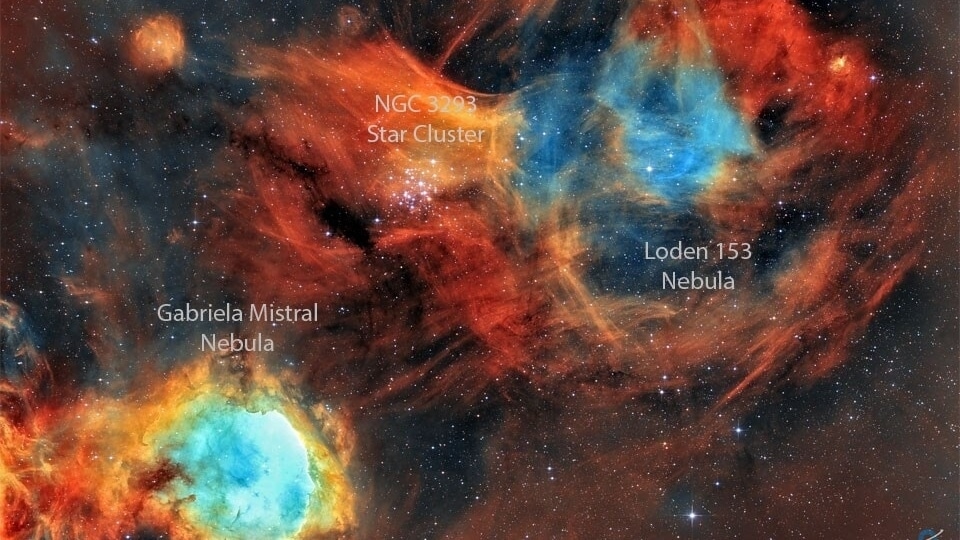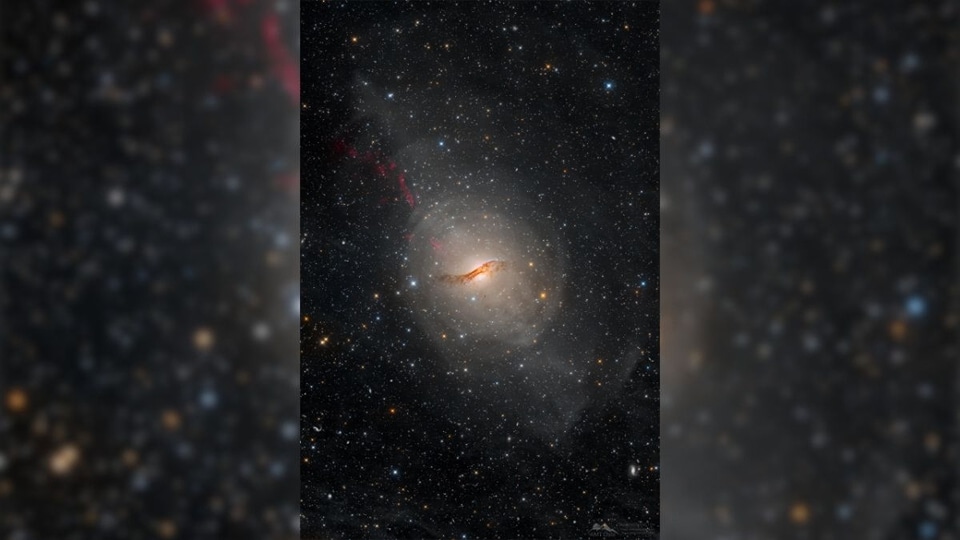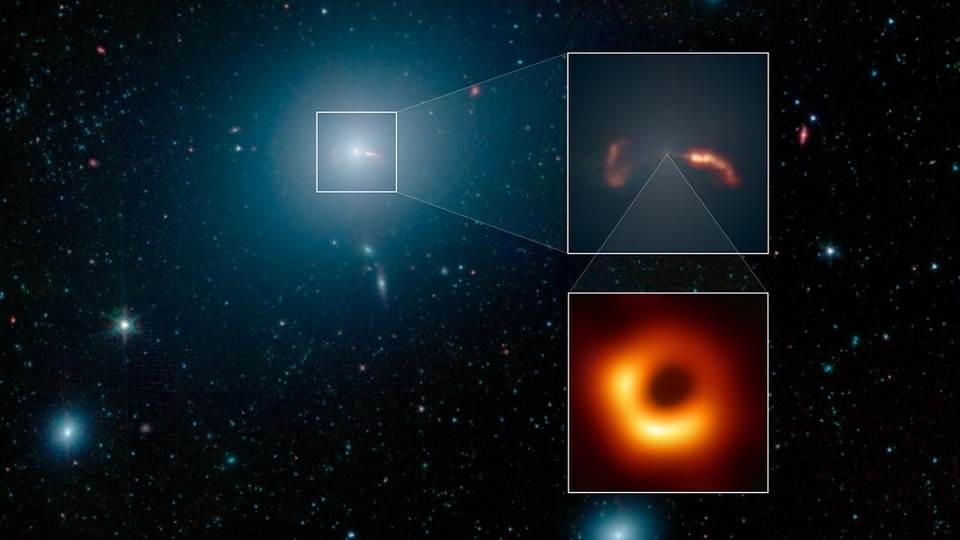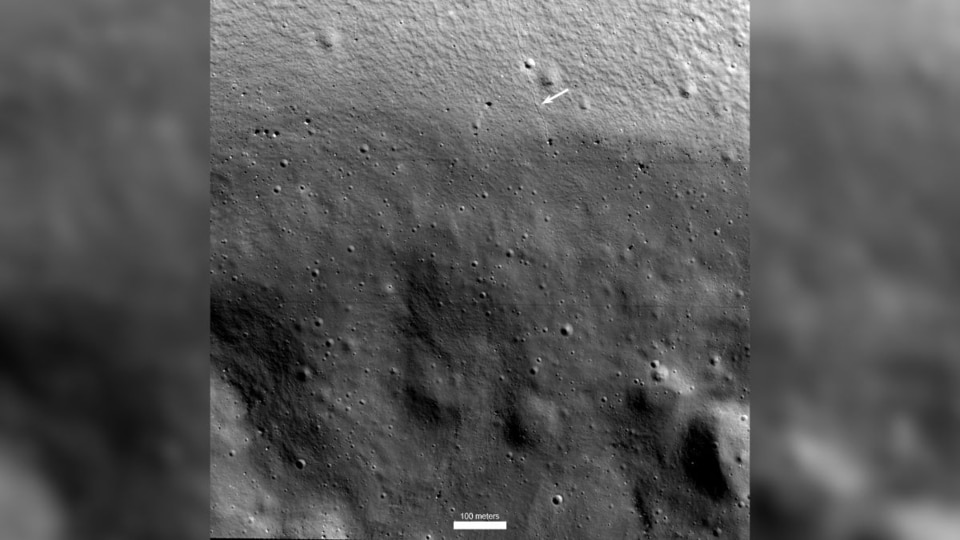NASA Astronomy Picture of the Day 10 May 2023: Milky Way Galaxy visible in Egyptian skies
Today’s NASA Astronomy Picture of the Day is a snapshot of the Milky Way Galaxy shot in the Egyptian Desert.






 View all Images
View all ImagesThe Milky Way Galaxy is our home galaxy. Our solar system, with the Sun at the centre and 8 other planets, reside in an obscure part of the Galaxy. It is a barred spiral galaxy which spans about 100,000 light-years across and was formed approximately 14 billion years ago. The Milky Way Galaxy has over 100 billion stars and all of them orbit a supermassive black hole at the galaxy's center, which is estimated to be four million times as massive as our Sun, according to NASA.
Today's NASA Astronomy Picture of the Day is a snapshot of the Milky Way Galaxy shot in the Egyptian Desert. How does the Milky Way Galaxy get its name? Before we had telescopes, people could not see many of the stars very clearly. They blurred together in a white streak across the sky. A myth by the ancient Greeks said this white streak was a "river of milk". The ancient Romans called it the Via Galactica, or "road made of milk".
The picture was captured by astrophotographer Amr Abdelwahab in White Desert National Park in Egypt's Western Desert.
NASA's description of the picture
For ten years the stargazer dreamed of taking a picture like this. The dreamer knew that the White Desert National Park in Egypt's Western Desert is a picturesque place hosting numerous chalk formations sculpted into surreal structures by a sandy wind. The dreamer knew that the sky above could be impressively dark on a clear moonless night, showing highlights such as the central band of our Milky Way Galaxy in impressive color and detail.
So the dreamer invited an even more experienced astrophotographer to spend three weeks together in the desert and plan the composite images that needed to be taken and processed to create the dream image. Over three days in mid-March, the base images were taken, all with the same camera and from the same location. The impressive result is featured here, with the dreamer -- proudly wearing a traditional Bedouin galabyia -- pictured in the foreground.
Catch all the Latest Tech News, Mobile News, Laptop News, Gaming news, Wearables News , How To News, also keep up with us on Whatsapp channel,Twitter, Facebook, Google News, and Instagram. For our latest videos, subscribe to our YouTube channel.




























